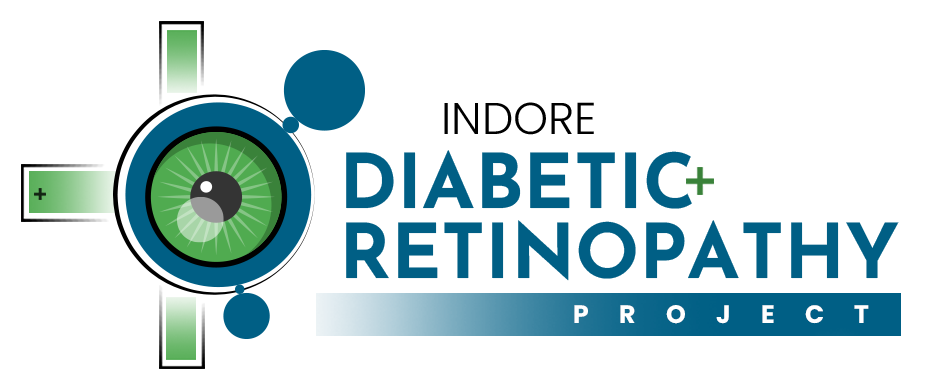Cataracts are a common eye condition that can affect people of all ages, but are more commonly associated with aging. It is a condition that causes cloudiness or opacity in the lens of the eye, leading to visual impairment. There are three main types of cataracts that people can develop, including nuclear cataracts, cortical cataracts, and posterior subcapsular cataracts.
- Nuclear cataracts: This type of cataract forms in the center of the lens and is the most common type of cataract associated with aging. As the cataract progresses, it becomes harder and denser, making it more difficult to see through. The most common symptom of nuclear cataracts is a gradual loss of vision, especially at night. People with nuclear cataracts may experience a yellowing of vision and have difficulty seeing objects in the distance. Nuclear cataracts typically develop slowly over time and may not require surgery until they begin to interfere with daily activities.
- Cortical cataracts: This type of cataract forms in the outer edge of the lens and progresses towards the center, creating a “spoke-like” appearance. The cortical cataract can cause difficulty with glare and reading, and can also cause double vision. The symptoms of cortical cataracts can develop quickly or slowly and can be accompanied by a reduction in vision quality. People with cortical cataracts may also experience changes in their perception of color, making it more difficult to differentiate between shades of colors.
- Posterior subcapsular cataracts: This type of cataract forms at the back of the lens and can progress quickly. It can cause difficulty with reading and seeing in bright light, and can also cause halos around lights. People with posterior subcapsular cataracts may also experience a reduction in vision quality, especially at night. This type of cataract can be particularly challenging to treat, as it can cause significant visual impairment even in the early stages of development.
Cataracts are typically diagnosed through a comprehensive eye exam that includes a visual acuity test, dilated eye exam, and tonometry to measure eye pressure. Treatment for cataracts often involves surgical intervention to remove the clouded lens and replace it with an artificial lens. Cataract surgery is one of the most common surgical procedures performed in the world and is generally considered to be safe and effective. However, as with any surgical procedure, there are risks involved, including infection, bleeding, and vision loss.
cataracts are a common eye condition that can affect people of all ages. There are three main types of cataracts, including nuclear cataracts, cortical cataracts, and posterior subcapsular cataracts. While cataracts can be challenging to treat, they can often be effectively managed through surgical intervention. If you are experiencing any symptoms of cataracts, such as blurry vision, difficulty seeing at night, or changes in your perception of color, it is important to see an eye doctor for a comprehensive eye exam to determine the best course of treatment.




